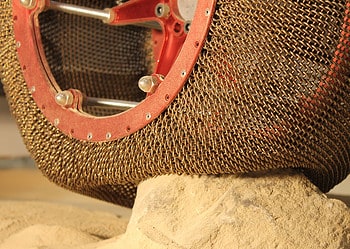Berliners have been surprised by small red crayfish waving at them while they go for a stroll in the park. The red swamp crayfish (Procambarus clarkii) is usually an inhabitant of the southern US and northern Mexico. You definitely wouldn’t expect to see them in any place like Berlin. Nonetheless, they have invaded the capital of Germany.

People have been wondering what these large crabs, “lobsters”, and “scorpions” are doing in their Tiergarten. The crayfish are notable for their deep red colour and voracious appetite. But where did they come from? Dr. Oliver Coleman, a crustacean expert at the Berlin Museum of Natural History suspects that an aquarium owner released them in the park.
Usually, the crabs keep below water and are rarely seen but in Berlin, they have been very active on the land. The explanation for this phenomenon could be that the heavy rains drowned their homes or changed their behaviour. Alternatively, it could be a way for them to aggressively settle new land.
The “mudbugs” are fast reproducers, one female with eggs has a lot of offspring and then it’s very hard to get rid of the crustaceans. They are a problem because they eat a lot of vegetation (which causes native species to starve) and the young of fish and amphibians. The crabs also can spread the crayfish plague fungus.
Environmental groups are trying to stop the crab from spreading. The foreign critters are being collected now. Crayfish are boiled and eaten with spices in the US but in Germany, the anti-poaching laws prevent people from doing that. The environmental groups hope that foxes and raccoons will help with the elimination procedure.
Cities are havens for generalist invasive species (rats, pigeons, rabbits) so in the city itself, the crayfish’s impact would probably be limited. However, if they can become dispersed in the Spree river system, then that could spell trouble because they would be much harder to eliminate.






